Prenatal Yoga
Alacena de cocina, su farmacia medicinal
junio 14, 2018Pranayama
julio 10, 2018Prenatal Yoga
Prenatal yoga has become a multifaceted approach that encourages you to address body, mind and spirit. According to the Mayo Clinic, prenatal yoga can be a great way to prepare you for labor and promote your baby’s health
Yoga is a safe approach that promotes the health of pregnant women and their babies. The benefits of prenatal yoga are endless, here is a list of possible soothing benefits for future Moms and their babies.
Yoga is a safe approach that promotes the health of pregnant women and their babies. The benefits of prenatal yoga are endless, here is a list of possible soothing benefits for future Moms and their babies.
1. Develops stamina and strength
As baby grows within your body, more energy and strength is needed to be able to carry the weight. Yoga poses strengthen your hips, back, arms and shoulders2. Balance
Balance is a physical challenge as the fetus continues to grow. Emotionally you are drained due to the increases in progesterone and estrogen. As you try to focus on holding and breathing through each yoga pose, you are able to fine tune your balance, physically and emotionally.3. Relieves tension of lower back, hips, chest, upper back, neck and shoulders
As baby grows, more stress is put upon these specific muscle groups in your bodies. You tend to have more of a lordotic/lower back curve due to the increased size of your bellies. Your hips get tighter due to the added pressure of baby's weight in your bellies. As your breasts increase in size, your upper back and chest have more tension, along with your neck and shoulders.4. Calms the nervous system
Through deep breathing, the nervous system goes into parasympathetic mode, which is responsible for relaxation. When your bodies are in that mode, your digestions operate properly, you tend to sleep better, and your immune system is at its optimal.5. Preparation for Labor
You are working with conscious breathing during each yoga pose, which may sometimes be challenging. This transfers into the time of labor, allowing one to practice being "comfortable with the uncomfortable" through your breath work. As you inhale, you acknowledge the tension that is felt. As you deeply exhale, you let go of it more and more with each breath.6. Connection with baby
A prenatal yoga practice allows you to slow down and focus attention on what is going on within your bodies. Through working with your breath and doing each pose, you become more aware of what is going on within.7. Increases circulation
Circulation is enhanced within your joints and your muscles are elongated during practice. Upon circulation of the blood within your bodies, swelling is decreased and your immunity is enhanced, creating a healthy environment for a thriving baby.8. Breath work practice
This is a good tool for labor during contractions. If you are consciously breathing, your blood pressure and heart rate is regulated keeping you in parasympathetic and in relaxation mode. The baby experiences everything you do!9. Sense of community/sisterhood
It can be very comforting to be with a group of women who understand and share what you are going through.10. Nurturing time
This time allows you to focus on you and your baby - it really slows you down from a busy day. As you practice yoga, you are setting the intention of self care and of your baby. This is a soothing experience for both of you.What to expect during a typical prenatal yoga?
What types of yoga are recommend and what types are not recommended for pregnant women?
Prenatal yoga, hatha yoga and restorative yoga are the best choices for pregnant women. Talk to the instructor about your pregnancy before starting your yoga class.It’s better to avoid Bikram yoga, hot yoga, ashtanga yoga and power yoga. These types of yoga are not recommended.
Safety guidelines for prenatal yoga?
If you experience any pain or other red flags — such as vaginal bleeding, decreased fetal movement or contractions — during prenatal yoga, stop and contact your health care provider.
How to choose a prenatal yoga class?
Look for a studio that has trained and certified instructors. You might also consider hiring a private instructor who has training in prenatal yoga. Consider observing a class ahead of time to make sure you're comfortable with the activities involved, the instructor's style, the class size and the environment.Safe Yoga poses for every trimester that will strengthen, center and calm your body and mind.
Fire log pose (Agnistambhasana)

Pigeon Pose (Eka Pada Kapotasana)

Wide-Knee Child's Pose (Balasana)
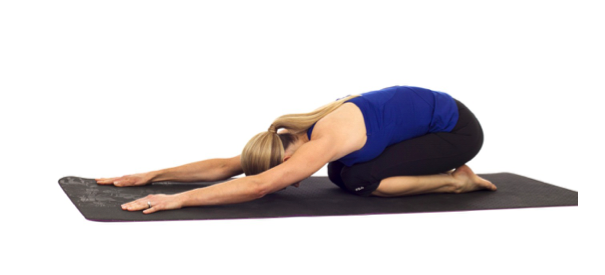
Seated Side Bend (Sukhasana Variation)
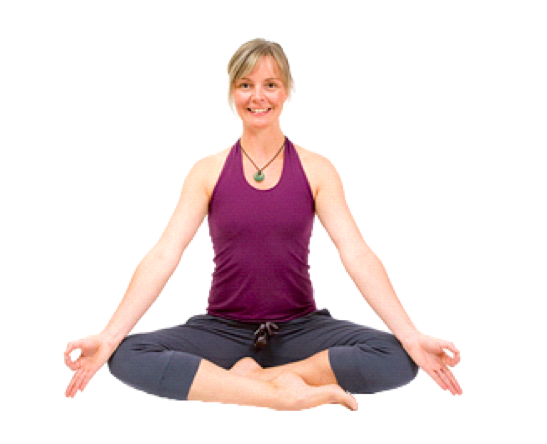
- 5. For Tight Hips
- 6. For Back Pain and Relieving Belly Weight
- 7. For All-Over Relief
- 8. For Tight Hips and Back Pain
Yoga Squat (Malasana)
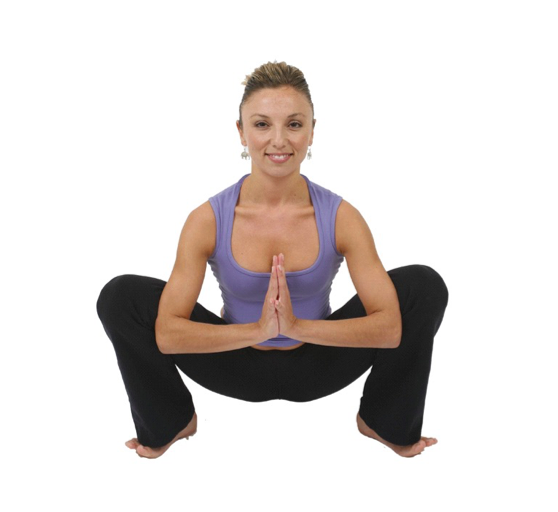
Wide-Angle Seated Forward Bend (Upavistha Konosana)

Supported Fish Pose (Supportedd Matsyasana)
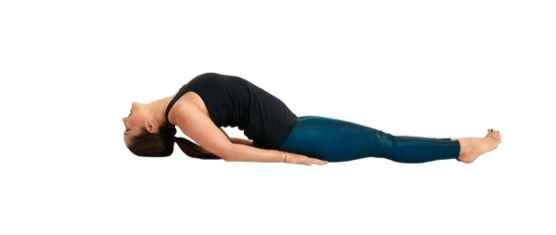
Low Lunge Twist Pose (Parivrtta Sanchalasana)
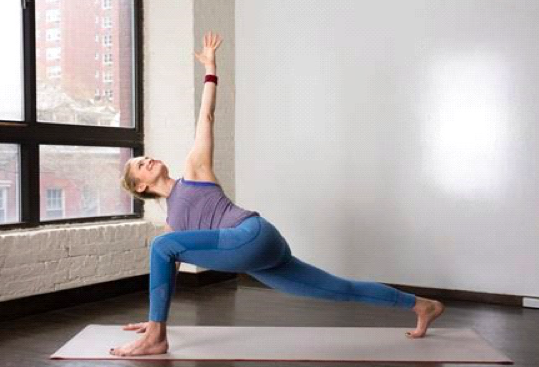
- 9. For Relieving Belly Weight
- 10. For Back Pain Standing
- 11. For Tight Shoulders
- 12. For All-Over Relief
Cat-Cow Pose (Marjaryasana-Bitilasana)
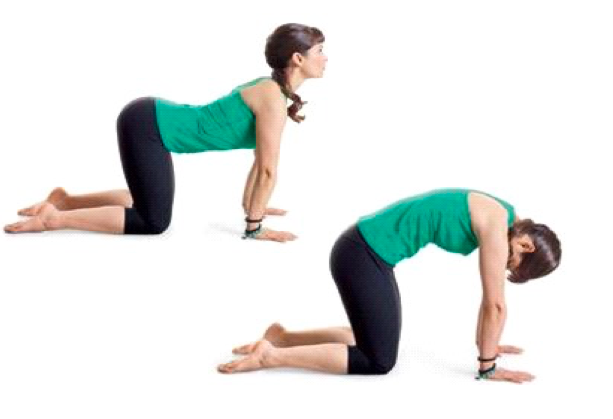
Forward Bend (Uttanasana)
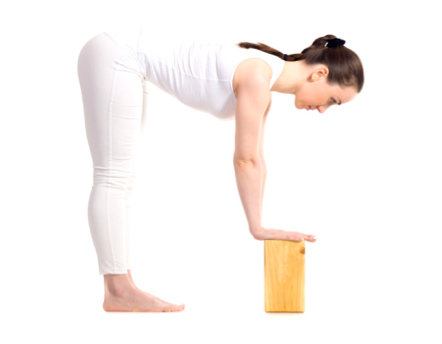
Dolphin Pose (Ardha Pincha Mayurasana)
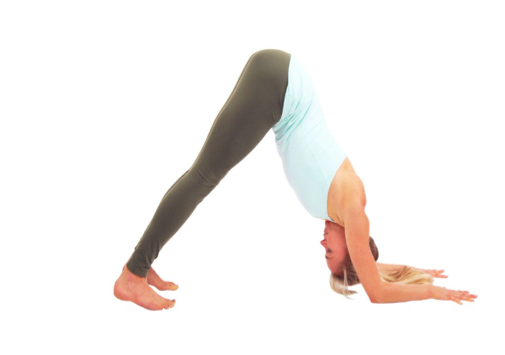
Legs-up-the-Wall Pose (Viparita Karani)

